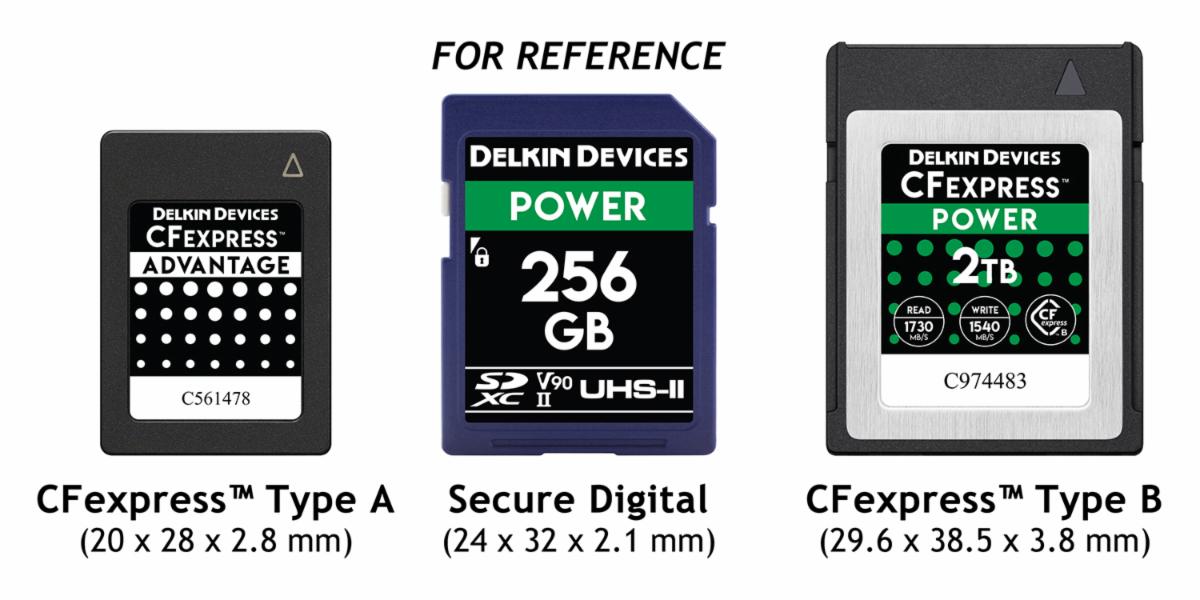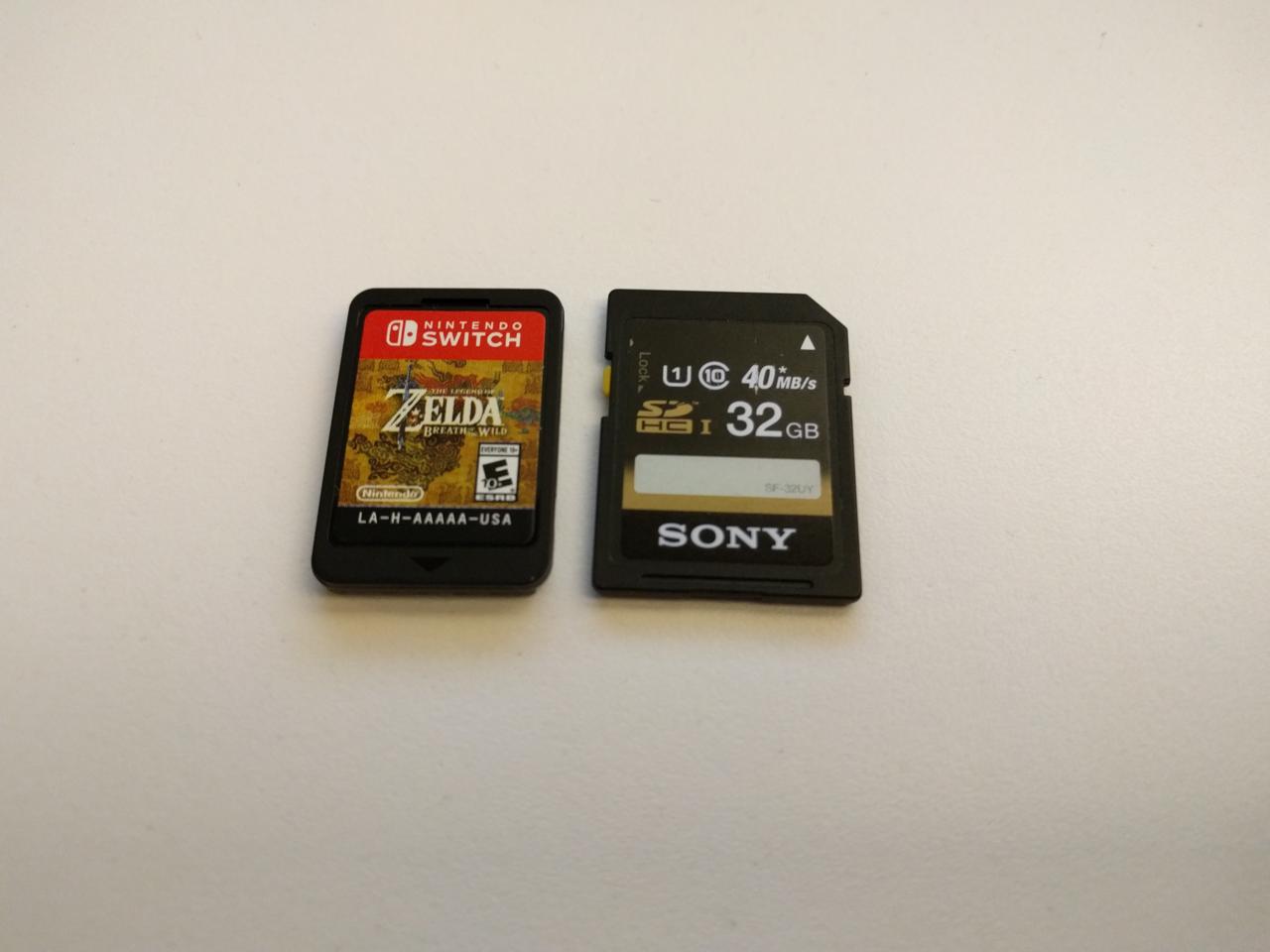Shoulder
Like Like
I would say UFS is almost guaranteed. Even ignoring anything to do with performance, Nintendo presumably want to keep selling Switch NG for 6+ years, which means they'll need to be able to continue buying parts for it for that long (or introduce hardware revisions if they can't). Only 13% of phones reviewed by Notebookcheck in 2022 used eMMC, and as both Qualcomm and Mediatek have stopped supporting it in their new SoCs, it's not going to last much longer in the smartphone market. That's a pretty big issue for Nintendo using it in a new console, because they'd quickly become the only customer for high capacity eMMC, meaning they'd either need to pay over-the-odds to keep it in production, or introduce an early revision of the console which uses UFS instead.
Regarding RAM, there aren't any leaks or reliable rumours about RAM quantity, but both the Nvidia leak and Linux commits indicate a 128-bit memory bus, most likely LPDDR5 (although I don't think LPDDR5X is completely ruled out). The Switch had a 64-bit memory bus and used two 32-bit 2GB LPDDR4 modules, which were switched to LPDDR4X on Mariko models. The change to 128-bit is important, because Nintendo will now need to use a pair of 64-bit LPDDR5 modules. Entry level and mid-range phones typically use 32-bit memory modules, whereas only high-end phones will use 64-bit modules. Given high-end phones usually have more RAM than lower end phones, this means 64-bit modules aren't usually available in lower capacities like 32-bit modules are.
In the case of LPDDR5, I'm not aware of any phone which uses a 4GB 64-bit LPDDR5 module. The M2 MacBook Air in the 8GB configuration uses a pair of 4GB 64-bit LPDDR5 chips, but I don't believe they're standard LPDDR5 modules, as they're on-package with the M2. A handful of phones have used 6GB 64-bit LPDDR5 modules, including the iPhone 14 Pro, the Samsung Galaxy S21 FE and the Google Pixel 6a, so those modules are in production. Again, from a parts availability point of view that makes 8GB of LPDDR5 pretty tricky, as they'd likely have to get the 4GB modules custom made, which would result in a price premium, and they wouldn't be able to multi-source, which usually helps drive prices down over time. In comparison, 6GB modules seem to be readily available, which would make a 12GB configuration much more straight forward to manufacture.
It would make sense for Nintendo then to go with 12GB of LPDDR5(x) ram given like you said, readily available, which also follows Nintendo's own philosophy of withered tech that is relatively cheap, readily available, and mature. Nintendo possibly, if 12GB is in fact what'll be the case, might've not intended for that large amount, and probably would've been more conservative with 8GB, but the markets can help dictate where they go from a hardware standpoint, plus input from 3rd party developers.
Knowing Monolith Soft, and what they were able to accomplish with Xenoblade on Wii with a mere 88MB of Ram, XCX with 1GB of Ram available, and XC2 & 3 with 3.2GB available, it'll be amazing to see what they can do with potentially another 3 times more memory.
Logan is the previous generation TK1, which has a Kepler GPU, Erista didn't exist on a road map until a year before release on March 25th 2014 at GTC. Before this, it went from Logan to Parker (now known as TX2) but at this GTC, shortly before they approached Nintendo, when Switch was a GBA like device with a Sony Ericson SoC and 1GB of RAM (this is data from the gigaleak).
Parker BTW was Maxwell on 16ff, which does indicate that Nvidia originally thought of Pascal as a more efficient Maxwell chip, though this was in 2013, the architecture borrowed more and more from Volta, until it became different enough from Maxwell to call it it's own architecture, at least this is why Volta never had a gaming chip, it made more sense to move right to Turing at this point.
Tegra 1 2010
Tegra 2 2011 (almost used in the 3DS)
Tegra 3 2012 (Ouya)
Tegra 4 2013
Logan is Tegra K1 (Kepler) 2014
Erista is Tegra X1 (Maxwell) 2015
Parker is Tegra X2 (Pascal) 2016
Xavier is Tegra Xavier (Volta) 2018
Mariko is Tegra X1+ (Maxwell) 2019
Orin is Tegra Orin (Ampere) 2022
Thor is Tegra Thor (Ada Lovelace) 2025
Mobile technology slowed down a lot in the last 6 years, but Switch is still using technology from 8 years ago at this point, so the 9x raw performance jump on the GPU and even CPU that we are expecting, is very exciting. It's the first major graphics jump since the Wii U, 11 years ago and will ultimately be a longer period of time without a major jump in Nintendo hardware than any other in their history, though certainly in line with Gameboy to Gameboy Advance (just under 12 years) and Gamecube to Wii U (11 years).
I stand corrected then. Thanks for the info, dude.








